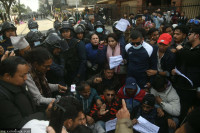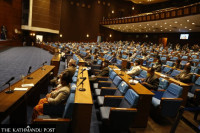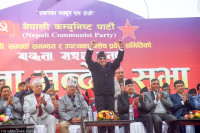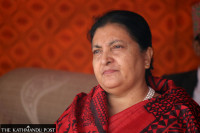Politics
What sets this election apart
The country goes to polls amid rising frustration, decline of ideology and advent of some promising new forces.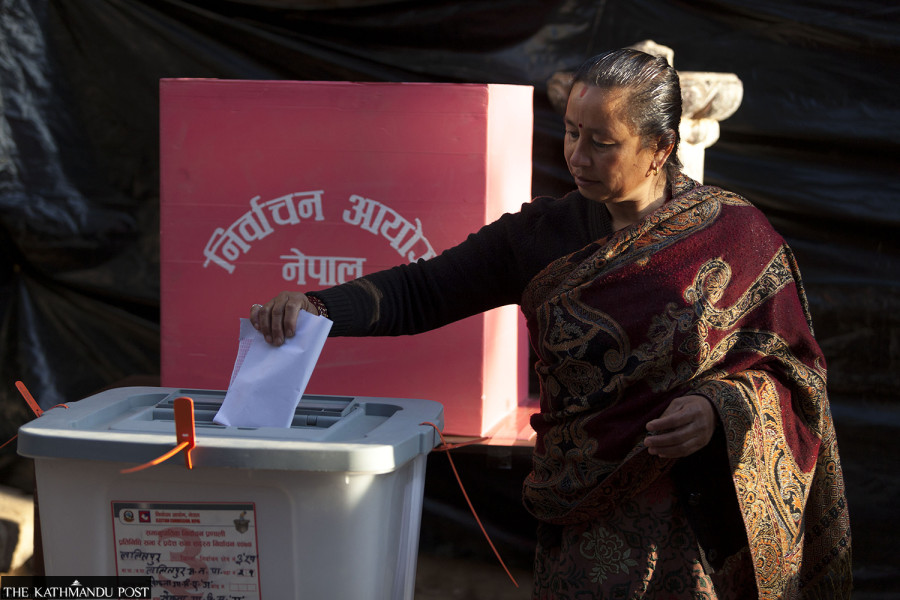
Nishan Khatiwada
Periodic elections offer the best opportunity for the public to give their verdict on the performance of the representatives they elect every five years. They also reflect the electorate’s desire for change, or lack thereof.
Nepal votes today to elect representatives for the 275-member House of Representatives and 550-member provincial assemblies.
The country has gone through many ups and downs following the 2017 elections. Observers say that this time, political parties are primarily focused on power politics rather than specific agendas and ideologies.
Yet this election is vital, according to them, as the country passes seven years of promulgation of the new constitution.
Chandra Kishore, a political commentator, said that in the seven years, the country exercised the newly introduced system of three-tier government. “Now this election must open the door for development and prosperity through effective implementation of the constitution,” he said. “It should spark hope among the public that the current system will secure their future.”
To do so, Chandra Kishore added, the post-election phase should be used to create ground for empowering the sub-national governments to fully exercise their constitutional powers including by drafting necessary laws.
Two major poll alliances are on the scene. One is led by the Nepali Congress, with Maoist Centre, Unified Socialist, Loktantrik Samjbadi Party and Rastriya Janamorcha in its fold. On the CPN-UML’s side are Rastriya Prajatantra and Janata Samajbadi parties.
A total of 17,988,570 voters—including 9,140,806 men, 8,847,579 women and 185 others—are eligible to exercise their franchise.
Indra Adhikari, a political analyst, said that voters should be guided by the goal of ensuring a more mature implementation of the constitution—mitigating its flaws and institutionalising its strengths.
Jhalak Subedi, another political analyst, said these elections offer an opportune moment to evaluate the monumental changes the country witnessed in the past decade. “This is the time for the people to evaluate how a change in government system has impacted the country, how the political parties have used the constitutional bodies, and how the major parties have delivered in the past five years,” he said.
In the lead up to the vote, many leaders from major parties defected just to get election tickets. Parties with polar opposite political and ideological stands have forged alliances.
On the other hand, new parties are trying to cash in on public disenchantment with the traditional forces.
There are considerable differences between this election and the last one, say observers.
As the last elections were held not long after constitution promulgation, the statute dominated the agenda. The Madhesh-based parties were in the race on the plank of constitutional amendment.
“Now, there are no such big national or regional campaign agendas,” Adhikari said. “Unlike the 2017 polls, contested between communist and non-communist forces, ad hoc alliances this time have left no room for ideological polarisation.”
According to Subedi, the major political parties are devoid of agenda. “In the past elections, political parties lured voters with their promises on the national and crucial agendas,” he said. “This time, they have no such things to sell.”
Dissatisfaction, mainly among the youths, has grown with the major political parties due to their failures to deliver on past promises. Voters are frustrated this time, say observers.
As the people look for alternatives, new parties and independent candidates have emerged as options. The top political leadership of big parties has lost public trust, said Subedi, the analyst.
According to Adhikari, public frustration has grown as major parties and their leaders failed to live up to their promises. Splits in political parties added to the dissatisfaction. The craze for the new parties and independents hint at the number of frustrated potential voters, she told the Post.
But not all established political parties and candidates can be put in the same basket, analysts caution, just like all the new ones cannot be either. “Just like there are bad eggs among the established forces, the same is true in the case of independent candidates and new parties,” Adhikari said.




 7.12°C Kathmandu
7.12°C Kathmandu
